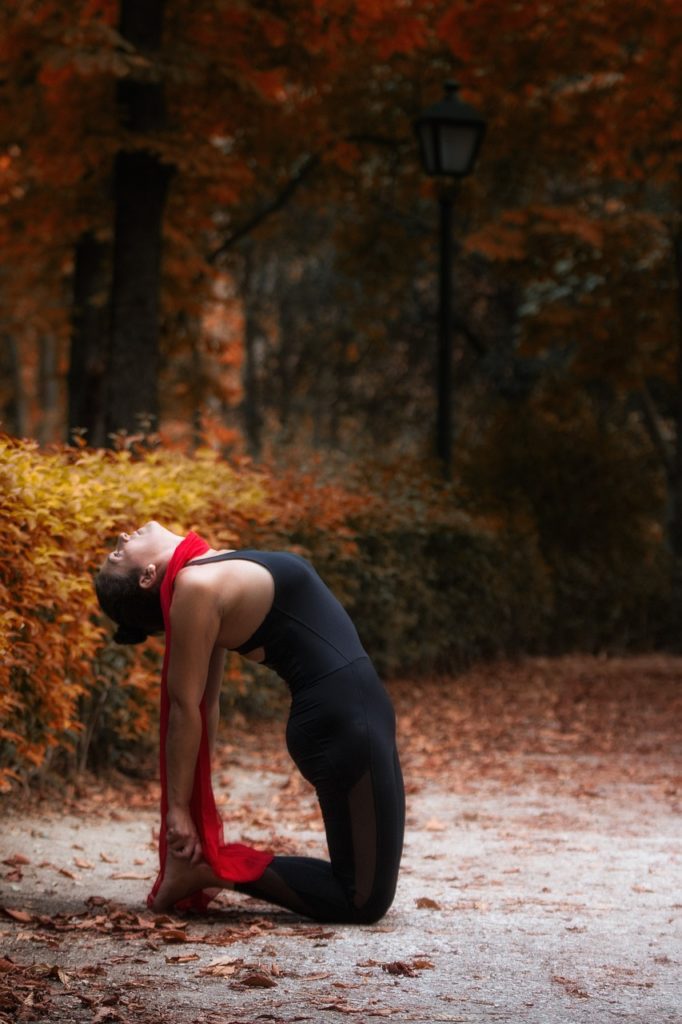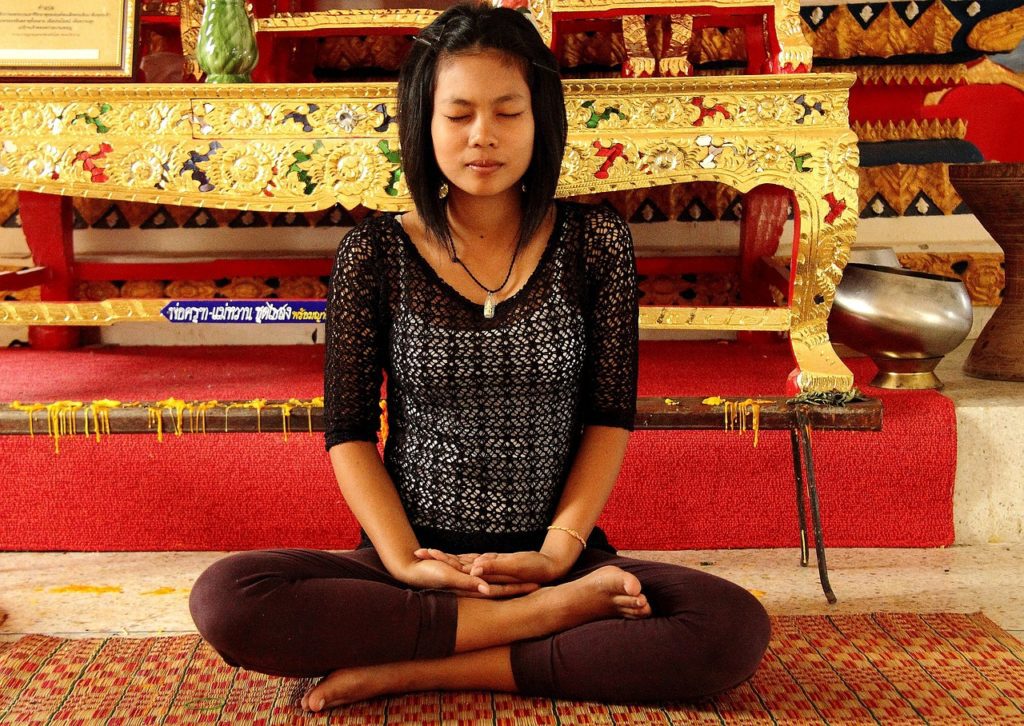“Just open your heart,” is a directive that gets tossed around rather easily. And when stated in that context, it sounds like it should be as easy as opening a door.
The problem is, most of us don’t know where to start. We live in a world where we’re continually hunched over in positions that close off our hearts. Furthermore, going deep inside and examining what’s happening at our heart center can leave us feeling vulnerable and maybe even scared.
So how does one open their heart? We’ll take a look.
Start With a Heart-Opening Yoga Sequence
There are many benefits to opening your heart. One of the biggest is the ability to invite more love into your life – both for yourself and others. And who doesn’t want that?

An open heart is also an amazing pathway for overcoming loss and grief and releasing trauma from the body.
Unfortunately, there’s no direct route to opening your heart. And it’s definitely an inside job. But by adopting a heart-opening yoga sequence, you can begin to tune into your body and listen to what it has to say without getting overwhelmed.
Consider the following practice.
1. Anahatasana (Puppy or Heart Melting)
Come to the floor on hands and knees (table) with your shoulders over your wrists and hips over your knees. Keeping your hips above your knees, gently walk your hands forward until you find your chest melting toward the floor. You can also use a block or bolster under your chest for support here.
Draw your shoulder blades toward one another and rest your forehead or chin on the floor or a prop. Take several deep breaths as you continue to let your torso melt toward the earth.
2. Anjaneyasana (Low Lunge)
Come back up to table from puppy and step your right foot forward. Be sure your right foot is directly under your knee or behind it – not in front. From here, you can roll your spine upward, tuck the tailbone toward the earth and reach for the sky. Arms can come straight up or stretch them out wide.
Another is to cross the arms over the chest and give yourself a hug. Though this variation doesn’t do as much to physically open the heart, the gesture can be calming and healing for the heart. Hold for five conscious and intentional breaths before coming out and repeating on the other side.
3. Ustrasana (Camel)

Once you find yourself back in table, you’ll rise up to kneeling on your knees. If your knees are tender, you can use a blanket to cushion them. If that’s not enough, you can always skip this pose and go directly to number four below.
For camel, start with your hands on your lower back and begin to arch backward. Keep the hips over the knees. If you have enough space in your pelvic girdle to start reaching for your heels without moving the hips back, then you can do so. It may help to tuck the toes. Whether your hands come to your heels or stay on the hips, take several deep breaths before coming out.
4. Salamba Bhujangasana (Sphinx)
From camel, bring the hands back down to table and take a few cat and dog tilts with the spine. Then lower all the way onto the belly. Place the forearms parallel to one another on the floor and gently lift your chest. Elbows are under the shoulders and directly in line with the hands. Press the feet into the ground to lengthen the spine and draw the shoulders away from the ears.
Relax your face and breathe. You have the option to release a gentle humming sound through closed lips when you exhale. This sort of vibration is healing for the body. Stay for at least five rounds of breath before slowly releasing back to a child’s pose.
5. Setu Bandha Sarvangasana (Bridge)
From child’s pose, make your way onto your back. Place the feet hip-width distance apart and directly in front of your hips. (You should be able to reach your heels with your hands.)
On the inhale, roll the spine upward toward the sky. You have the option to stay there and maybe even roll onto the shoulders to interlock the fingers under your lower back. The other option is to lower back down on the exhale and continue to move. Whichever you choose, focus on maximizing the space in your chest.
When you release from your bridge(s), be sure to hug the knees in and gently lift your head toward your knees as a counterpose.
Meditation to Open Your Heart
Once you start regularly practicing this or another heart-opening sequence, you may want to go even deeper. You can add a heart-opening meditation to the mix.
While there are many to choose from, the following practice is a good place to begin.

1. Sit in a comfortable position, close your eyes, and try to regard your thoughts as passing clouds. Bring your attention to your heart center in the middle of your chest.
2. Notice what you feel there. It can be anything at all – warmth, light, a color, other sensation. Simply notice it without judgment and let it be. You need only to feel whatever is there.
3. Just as you breathe in your yoga poses, breathe into your heart center. Then ask your heart what it needs. This might sound hokey and you may resist it at first. But try to approach this with an open mind.
4. Spend five to ten minutes just sitting and listening. You may be surprised to hear your heart reveal itself. Your breathing may change, a lost memory may surface, and you might even experience emotion. And if nothing happens, that’s okay too.
Try not to have any expectations from the meditation. It’s merely an opportunity to give your heart space and permission to reveal its inner workings. If you do this practice regularly, you will likely begin to get some answers.
Don’t Be Afraid to Open Your Heart
When you’re able to open your heart more, it infuses your life with more potential and possibilities. Even if the journey can feel a little scary.
So if you’re ready to hear what your heart has to say, contact us. Through our mindfulness practices such as yoga and meditation, you’ll get a deeper understanding of YOU.
And we’ll bring the practices right to your organization or place of work – onsite or virtual. It’s completely up to you.



